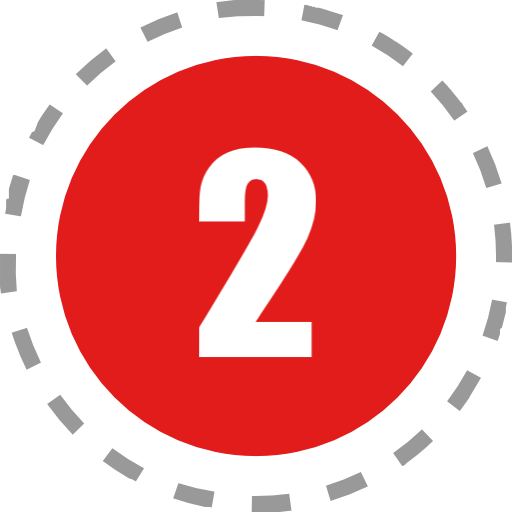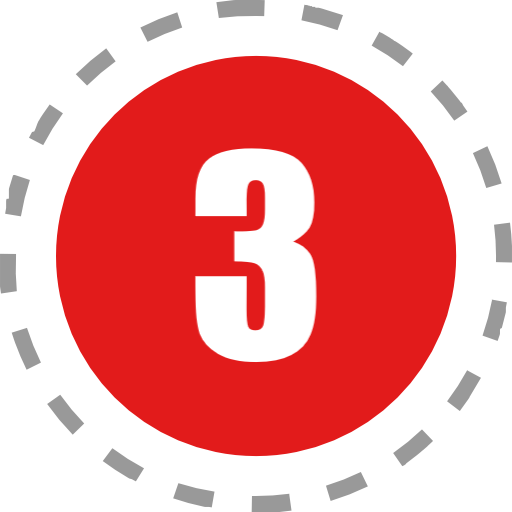I’m having trouble balancing my meals and receiving the nutrition I need.
If you’re having trouble managing your weight in college and eating healthy, you are not alone. Luckily, there are many resources available on campus that can help you to feel your best. Carnegie Mellon offers one-on-one nutrition counseling, education sessions, and group programs free of charge to all CMU students. And some services are open to faculty and staff as well! To set up an appointment, visit Health Services on the 1st floor of Morewood E-tower. Keep reading for some quick tips to improve your diet, courtesy of Carnegie Mellon Student Health Services.
You Are What You Eat
In addition to providing you with a wide variety of high quality dining options, Carnegie Mellon Dining Services is focused on educating students about the role that diet plays in maintaining a healthy lifestyle. Dining Services is working with our dining vendors to begin a food icon program to help diners understand more about their dining choices.
 STEP 2: SELECT THE REASON that best describes your situation, keeping in mind there may be multiple relevant reasons.
STEP 2: SELECT THE REASON that best describes your situation, keeping in mind there may be multiple relevant reasons.
I FREQUENTLY SKIP MEALS.
 STEP 3: Explore potential STRATEGIES to address the problem.
STEP 3: Explore potential STRATEGIES to address the problem.
Make sure you’re getting multiple, balanced meals per day, including breakfast! In fact, eat 3 - 6 times per day. Your metabolism will be more efficient and burn calories more effectively if you keep the "fires burning", so to speak, by eating every 3 - 5 hours. Eating small frequent meals will also help keep your blood sugar and energy levels steady. Visit ChooseMyPlate.gov to obtain a food group and portion size eating guide tailored just for you.
I’M DISTRACTED WHEN I EAT AND DON’T DEVOTE TIME SPECIFICALLY TO MEALS.
 STEP 3: Explore potential STRATEGIES to address the problem.
STEP 3: Explore potential STRATEGIES to address the problem.
Be a mindful eater. Resist the temptation to eat in front of the computer, while using your smartphone, during reading, etc. You will get more satisfaction and pleasure out of your food if you pay attention to what you are eating! You may also be able to stop at the first sign of fullness and avoid overeating. Also, take a study break and give yourself 20 minutes to a half hour to enjoy that lunch or dinner. Sometimes even planning a lunch break with friends can help you stay on task in order to fit this meal “break” in your hectic schedule.
I DON’T KNOW HOW TO STRUCTURE THE PROPER DIET.
 STEP 3: Explore potential STRATEGIES to address the problem.
STEP 3: Explore potential STRATEGIES to address the problem.
Include sources of carbohydrates, protein, and fat in all your meals and snacks. Eating protein, complex carbohydrates and fruits and vegetables each day will help you meet your vitamin and mineral needs. Don't rely on supplements. Eat real food and use a multivitamin and mineral supplement only as added insurance.
Carbohydrates supply energy to the body in the form of glucose, which is the only energy source for red blood cells (carriers of oxygen for energy) and is the preferred energy source for your brain. Fruits, vegetables, whole grains and fat-free or low-fat milk products are all important carbohydrate sources. Choose complex carbohydrates, like cooked beans, peas, and lentils; whole grains and cereals like rice, bran, oats, couscous and barley; vegetables, including potatoes; and fruits.
Select low-fat protein foods like lean red meats; chicken and turkey breast without the skin that is baked, grilled or broiled; low or fat-free dairy products; eggs; fish and shellfish; cooked dried beans, peas and lentils; and tofu or other soy products. Including a protein source with meals or snacks will help you feel satisfied and focused.
Fats in the form of liquid oils are necessary for a healthful diet, and low intakes increase the risk of inadequate intakes of vitamin E and essential fatty acids. Enjoy sources of polyunsaturated and monounsaturated fatty acids such as fish, nuts, and vegetable oils. Limit your intake of saturated fat from fried foods, and fats that are solid at room temperature like animal skins, hydrogenated oils, and whole milk products.
Additionally, we know it sounds cliché, but make sure you’re eating your vegetables! Eating 2½ – 4½ cups of fruits and vegetables daily along with other complex whole grain carbohydrates will give you the 20 – 30 grams of dietary fiber you need each day. It will also help you meet your vitamin and mineral needs. Any and all fruits and vegetables are encouraged; in particular choose dark green and orange colored fruits and veggies several times a week.
And finally, don’t underestimate the importance of water. Include a full glass of water with all your meals and take a water break a few times a day. If you do not like to drink water, try adding a lemon wedge, or choose sugar free/calorie free flavored waters instead.
MY DIET IS FILLED WITH TOO MANY UNHEALTHY THINGS.
 STEP 3: Explore potential STRATEGIES to address the problem.
STEP 3: Explore potential STRATEGIES to address the problem.
Try to limit the amount of sugar, salt, caffeine and alcohol in your diet.
Foods high in sugar are often high in fat and calories and devoid of vitamins and minerals, thus the name "empty calories". Eating an excess of sweet foods can also contribute to tooth decay. The major source of added sugar in our diet comes from regular soda, energy drinks, specialty coffee drinks, sports drinks and other fruit based beverages. Think your drink! There are as many as 17 teaspoons of sugar in one 20 ounce regular soda.
We advise limiting your sodium intake to 2400 mg/day. That's the equivalent of approximately 1 teaspoon of salt. Remember to count the sodium that's already in the foods you are eating, not just what you add at the table. Learn to look at the Nutrition Facts Label. Choose foods that are low in sodium, less than 140 mg or 5% daily value (%DV) per serving.
Caffeine gives you immediate energy, but you will pay for it with a rebound drop-off in energy later on. Remember we get energy only from the foods we eat. Caffeine in the late afternoon and evening can interfere with a good night’s sleep.
And finally, if you drink, drink in moderation. Moderation means no more than 5 servings of alcohol spread out over a week (not all at once). A serving is 1.5 ounces of pure alcohol, one 12 ounce beer, or one 5 ounce glass of wine. Excessive drinking can lead not only to health problems, but also to excessive weight gain.